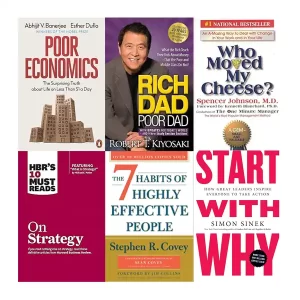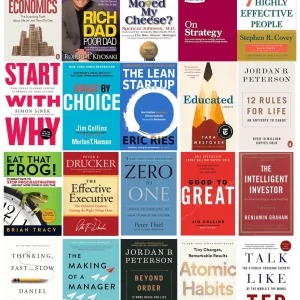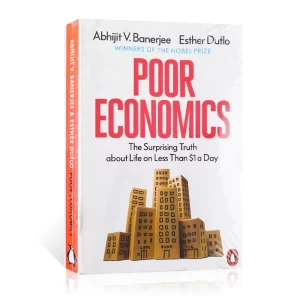Why Copper Demand Is Skyrocketing
Video Transcript
Welcome to Big Money Investing
Your Ultimate Destination for Learning From Big Money and How You Can Succeed Too!
Are you ready it to the next level?
Investing into sound investments like big money does.
Subscribe to the Big Money Investing Channel
Welcome to @BigMoneyInvesting3529 – Your Ultimate Destination for In The Money Facts!
🌴 Discover the Big Money Investing Strategies on Metals and Real estate Investing. 🌊
Experience the world of finance with @BigMoneyInvesting3529
We bring you the latest and greatest from Big Money Investors, showcasing the why’s, how to’s and best steps.
Whether you’re planning a short of long term investment, preparing is the first step and most important one.
The Big Money Investing channel is a great go-to source for your investing advice.
🔥 What You Can Expect:
- Exclusive Financial and Big Money Investing How-To’s
- Big Money Financial Traits: Learn how to mix and match your perfect investment portfolio to match the planned out time horizons.
- Financial Learning Is A Lifestyle Change: Stay financially fabulous with our expert investing tips, real estate pratices, and healthy lifestyle advice.
- Behind-the-Scenes: Get a sneak peek into how the Big Money Investors spend some of that return, from photoshoots, to interviews with the experts.
👙 Why Subscribe to @BigMoneyInvesting3529?
- Stay Updated: Be the first to know about new investment ideas and most importantly what not to be part of in todays age.
- Inspired Goals Lend Motivation: Get inspired by our Big Money Investors vibrant and diverse lifestyles, a perfect view at times.
- Engaging Community: Join a community of financial enthusiasts and wealth producers that love to share their passion for life with others.
🔔 Subscribe Now: Hit the subscribe button and turn on notifications so you never miss an update from @BigMoneyInvesting3529!
Join us on this fabulous journey and transform your financial situation with the latest trends and tips from Big Money Investing.
Thank you for being a part of our amazing community.
We can’t wait to see you shine finanically!
#BigMoneyInvesting #big #money #investing #lifestyle #investors
Support Big Money Investing Sponsors
-
Book Sets, Books, How Big Money Investors Think About Money, How To Think Like A Big Money Millionaire
Big Money Financial Investment Management Book Set
$85.44 – $177.66Select options This product has multiple variants. The options may be chosen on the product pageQuick View -
Books, How To Think Like A Big Money Millionaire, Top Level Communication Skills
How to Talk to Anyone by Leil Lowndes 92 Little Tricks for Big Success in Relationships
Original price was: $18.24.$12.89Current price is: $12.89.Select options This product has multiple variants. The options may be chosen on the product pageQuick View -
Books, How To Think Like A Big Money Millionaire
Poor Economics By Abhijit V.Banerjee
Original price was: $18.09.$12.14Current price is: $12.14. -
Book Sets, Books, How Big Money Investors Think About Money, How To Think Like A Big Money Millionaire, Spiritual, Wealth Creation
7 Book Set – Master Your Time – Master Your Beliefs – Master Your Destiny – Master Your Thinking – Master Your Emotions – Master Your Motivation – Master Your Focus By Thibaut Meurisse
Original price was: $93.43.$67.33Current price is: $67.33.











Leave a Reply
You must be logged in to post a comment.